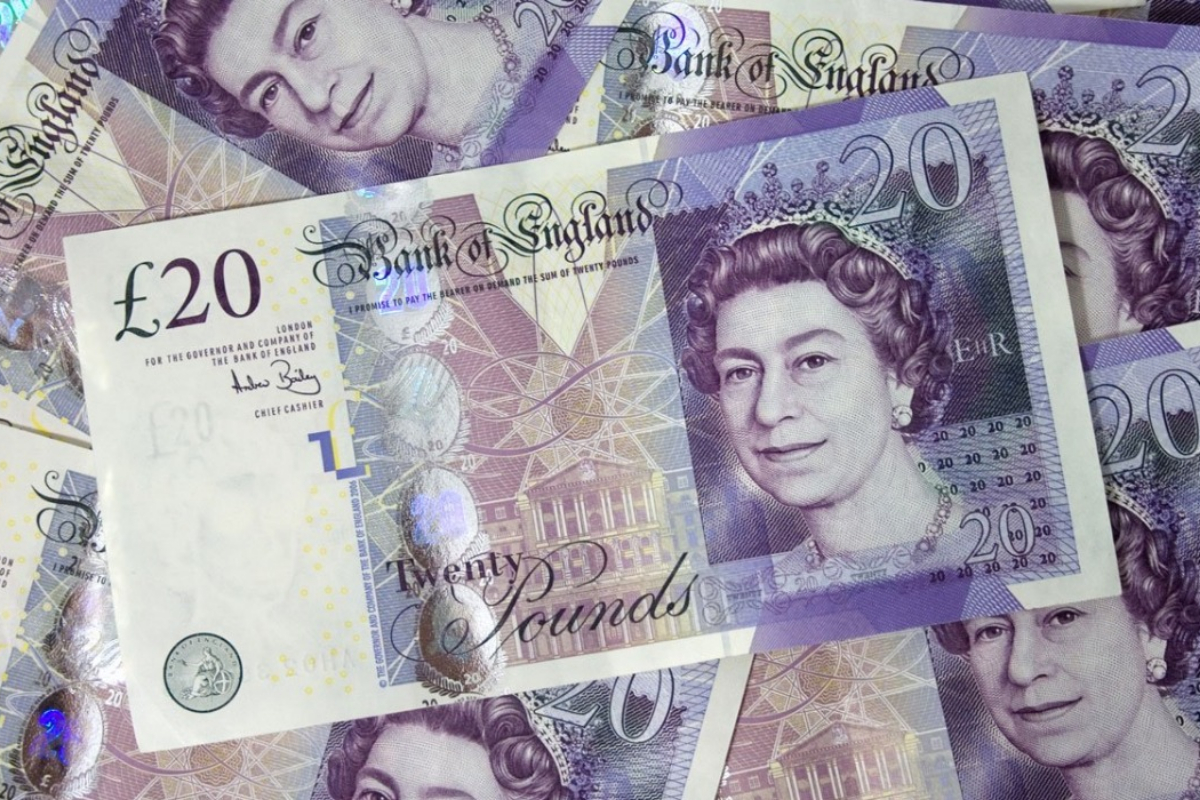- The pound surged against the dollar to its highest level since September 22.
- The dollar fell against other major currencies as a result of UK’s tax cut reversal.
- The dollar fell against the offshore yuan of China, reaching a daily low of 7.0901.
After Britain cancelled a plan to reduce the highest rate of income tax on Monday, the pound rose against the dollar, while the dollar fell against other major currencies.
After media reports of the reversal, the pound surged against the dollar to its highest level since September 22, the day before British Finance Minister Kwasi Kwarteng shook markets with a fresh “growth plan” to lower taxes and regulations, supported by massive government borrowing.
The most recent value for the British pound was $1.1320, up 1.4% from its previous value.
Amo Sahota, director of Klarity FX in San Francisco, stated, “Sterling is getting a boost as the UK tries to reverse some of its tax cuts.”
British finance minister Kwasi Kwarteng stated that he would disclose “shortly” specifics of his plans to reduce the public debt as a proportion of economic output over the medium term.
The dollar, which is considerably higher for the year, fell against other major currencies as well.
However, “the big macroeconomic themes have not changed, so take this for what it is, it’s a new quarter and a opportunity for a bounce in equities and a little unwinding of the U.S. dollar,” Sahota added.
Abroad, the Japanese yen fell beyond the 145 threshold for the first time since September 22, when authorities intervened to support the currency.
The dollar was most recently valued at 144.69 yen.
Finance minister Shunichi Suzuki stated that Japan was prepared to take “decisive” action on the foreign exchange market if large yen movements continued.
Due to Japan’s policy of maintaining low interest rates at a time when they are rising elsewhere, the yen has weakened. After much speculation, officials intervened in markets last month, paying a record $29.7 billion to prop up the currency.
“The central banks are getting more active in trying to defend their currencies,” said Sahota of Klarity.
The dollar fell against the offshore yuan of China, reaching a daily low of 7.0901.
“I think the yuan has strengthened enough that it will give some peace to the People’s Bank of China at this time,” Sahota added.
The euro increased 0.3% to reach $0.9825. Data earlier showed manufacturing activity across the euro zone decreased further last month.
In light of Europe’s precarious energy situation, reports that the OPEC+ group is contemplating potential output cuts of more than 1 million barrels per day weighed on the currency.
The Australian dollar increased by 1.6% to US$0.6515 and the New Zealand dollar increased by 2% to US$0.5717 in advance of projected rate hikes by their respective central banks this week.
Monday’s decline in Credit Suisse (CSGN.S) shares reflected market anxiety in advance of a restructuring plan expected to be announced with third-quarter results at the end of October.
[embedpost slug = “/rupee-surge-continues-against-dollar/”]

















